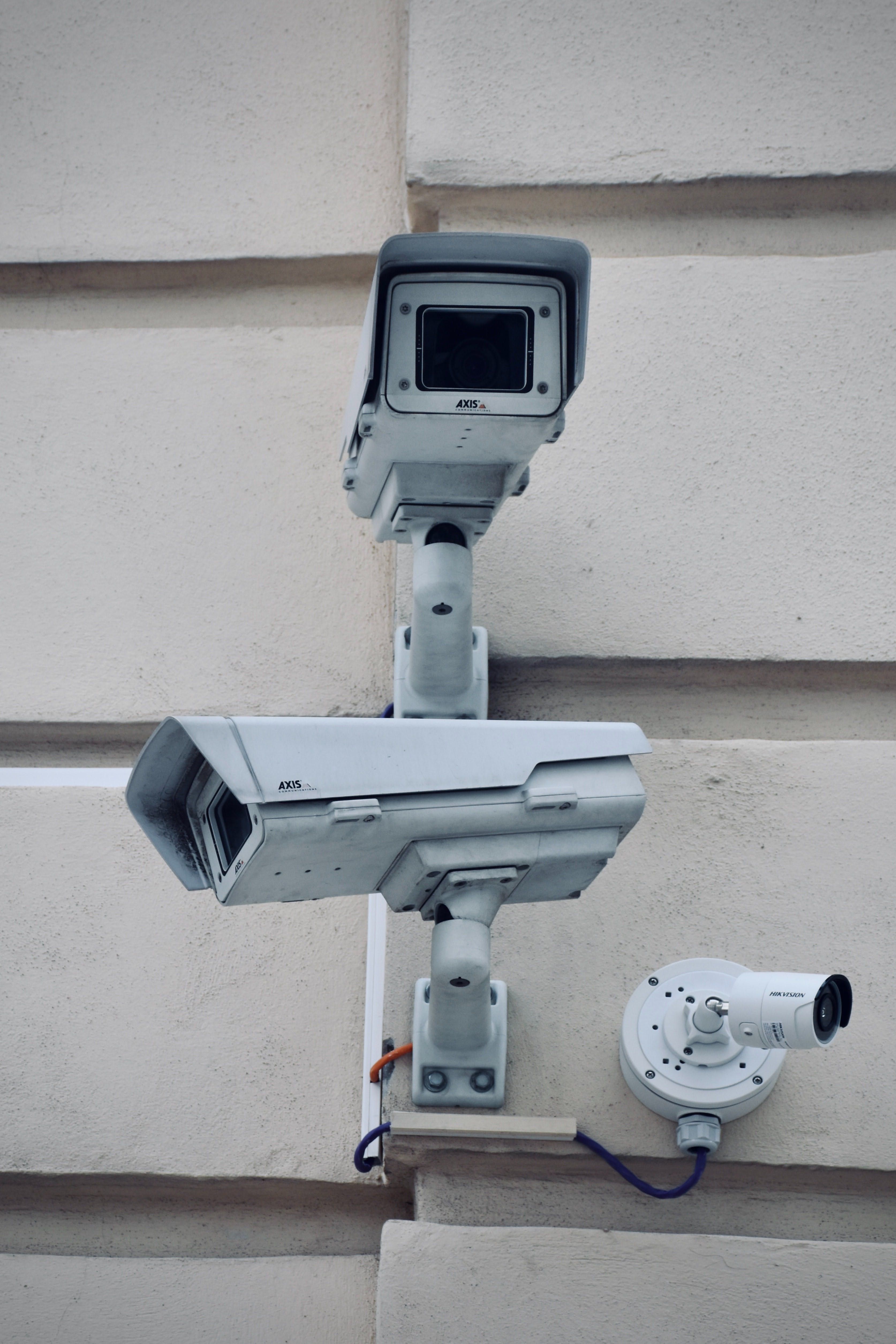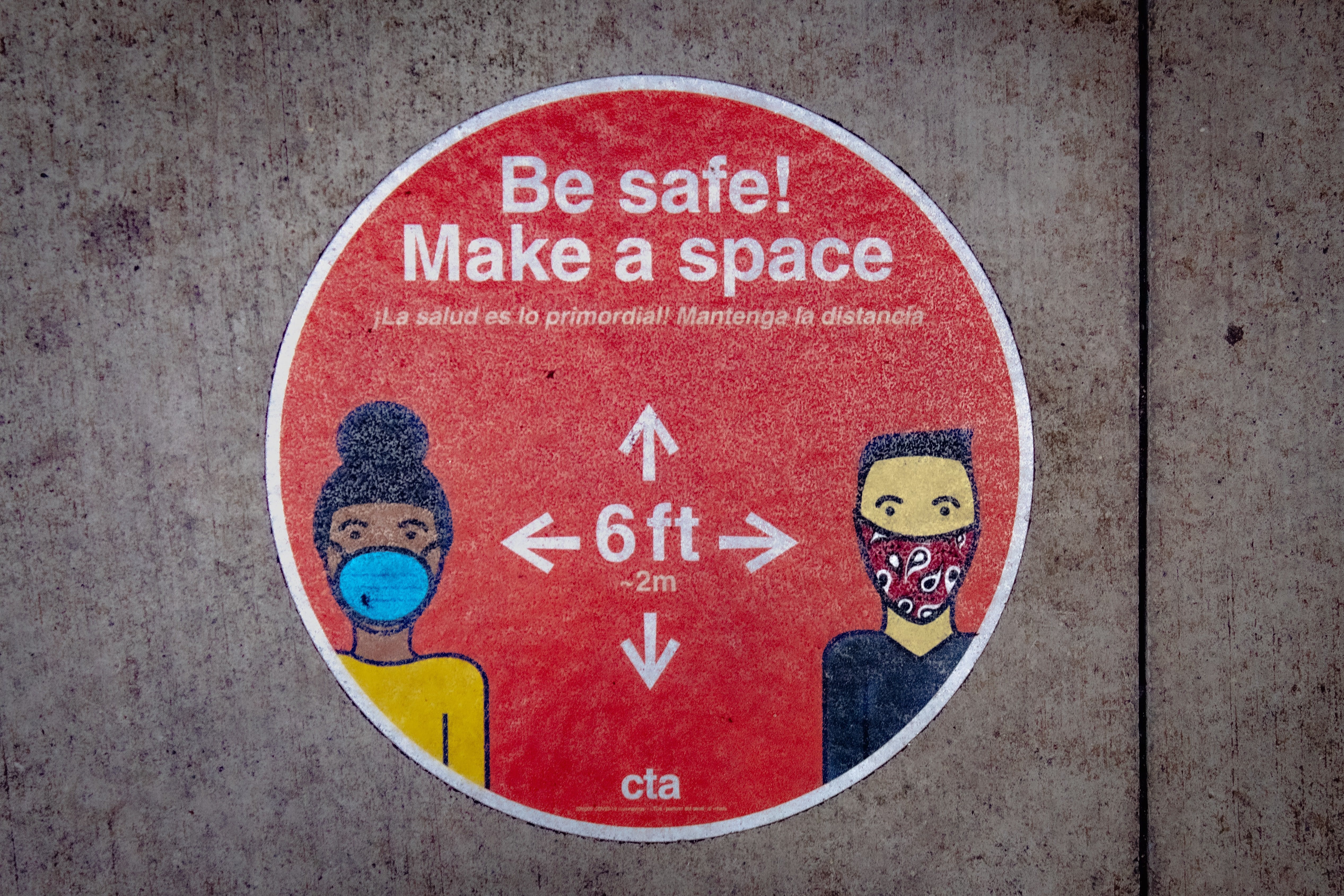December 1, 2021
Three Ways to Enhance Workplace Access Control as Employees Return to the Workplace This Fall
Introduction
If your company is considering a return to the physical workspace, you must take steps to address the safety concerns of your employees. You can achieve this by adapting to new workspace requirements, ensuring compliance with COVID-19 guidelines, and leveraging technology to address your employee’s safety concerns.
COVID-19 global health crisis has changed our workspaces, both in terms of the way we manage physical locations as well as the workforce. Access control applications like touchless authentication, face credentials, and distancing technology can help you create a secure and healthy working environment for your employees.
This article talks about some of the tools and technologies you can implement to create a safe back-to-work strategy as your employees return to the workplace.
1. Touchless Authentication

Organizations that use keypad access controls may find touchless authentication to be a more sanitary alternative. Contactless authentication technology is seen as a key measure being increasingly used by organizations to address employee fears about virus spread.
High-touch contact points across the workspace, from employee workstations to conference rooms can benefit from touchless authentication. Touchless authentication enables you to decrease cross-contamination by reducing contact with other humans and objects. Alternatively, you can staff additional cleaning crews at these touchpoints to spray disinfectant spray throughout the day which would be time- and resource-consuming. Developing touchless openings would be a more hygienic and viable solution for your workspace.
Face recognition may be the most popular form of touchless authentication. Face recognition terminals can easily check the body temperature of employees and deny entry to anyone with a body temperature above the accepted threshold. Similarly, it can help you detect if people are not wearing face masks.
However, face recognition technology is linked to a number of privacy concerns. For instance, it is often used to secretly collect user data that is sold to third-party entities. Organizations looking to alleviate health and privacy concerns can look to implement face authentication.
In contrast to face recognition, face authentication allows employees to give consent and then be authenticated for access. Face authentication is a physical security technology that helps verify the identity of a person who is actively interacting with the system in a privacy-friendly manner.
Sliding doors, automatic door operators, and revolving doors can also help minimize contact with high-touch entry and exit points.
2. Face Credentials

In most organizations, employees enter buildings, print papers, and access record rooms with an ID card. With so much relying on the employee ID card, it’s safe to say it’s being touched multiple times a day.
Contactless face credentials provide employees with quick and smooth access to the workplace while preventing fraudulent entries. Face authentication control systems will automatically allow access to the authorized person while notifying security staff of any unauthorized entry attempts. This eliminates the risk of a stolen, lost ID being used to access your workspace, or multiple people accessing it with the same card.
You can instantly issue secure face credentials to staff members which can also be used to activate printers or create a frictionless environment at office cafeterias and vending facilities.
Touchless face authentication can be integrated into your time management system to improve workspace efficiency. This way, when employees and temporary staff (e.g. workers of cleaning companies and other contractors) pass through a biometric security checkpoint, the timesheet will automatically mark their attendance.
3. Distancing Technology

Physical distancing can help slow and prevent the person-to-person spread of coronavirus. The following systems can encourage social distancing in your organization and create hygienic working conditions for your employees.
- Video surveillance
- Occupancy management
- Remote scheduling, locking, and unlocking of spaces
You can use touchless authentication tools such as security cameras with social distancing features to remotely monitor COVID-19 compliance such as occupancy management, monitoring social distancing, and face mask detection. This way, you’ll be able to track the number of people entering and exiting a space, and automatically restrict a space when a predefined occupancy limit is reached.
Wearable social distancing technologies like electronic watches and bracelets use ultra-wideband and bluetooth low energy to alert workers when they get too close to each other.
Conclusion
The spread of COVID-19 has surely changed the way we work, network, and communicate. Workplace hygiene should be a top priority for employers looking to address employee concerns before they reopen their offices. Modern technology such as touchless authentication, mobile credentials, and distancing technology can help organizations provide a safe working environment to their employees and enforce safety compliance.
← Previous --
Next →
Tag(s):
Blog
Other posts you might be interested in
View All Posts
Blog
5 min read
| April 20, 2022
How Facial Authentication is Making Places Safer and Easier to Access
Read More
Press Release
6 min read
| November 21, 2022
The Benefits of the Alcatraz AI Rock: Returning Back to Work
Read More
Blog
24 min read
| June 27, 2025
Banking Biometric Authentication: Future-Proofing Employee Security in 2025
Read MoreSubscribe to email updates
Additional content around the benefits of subscribing to this blog feed.


